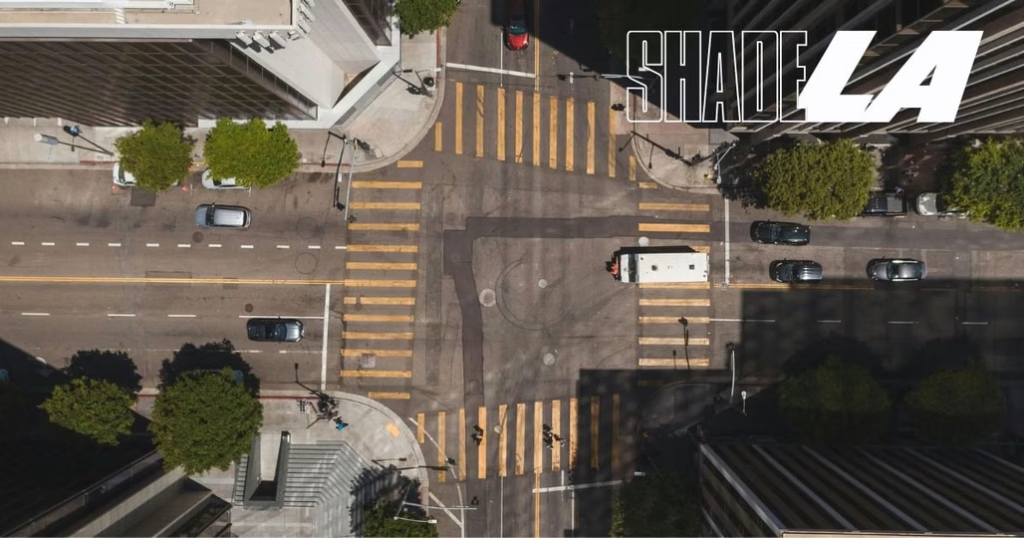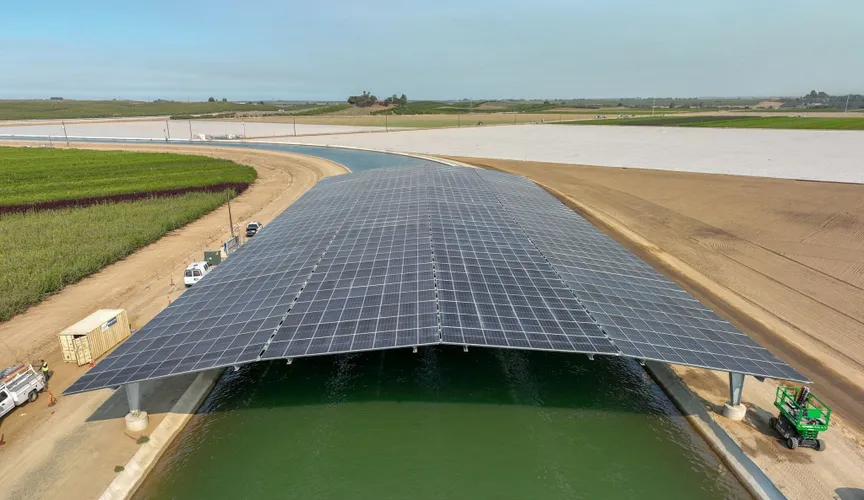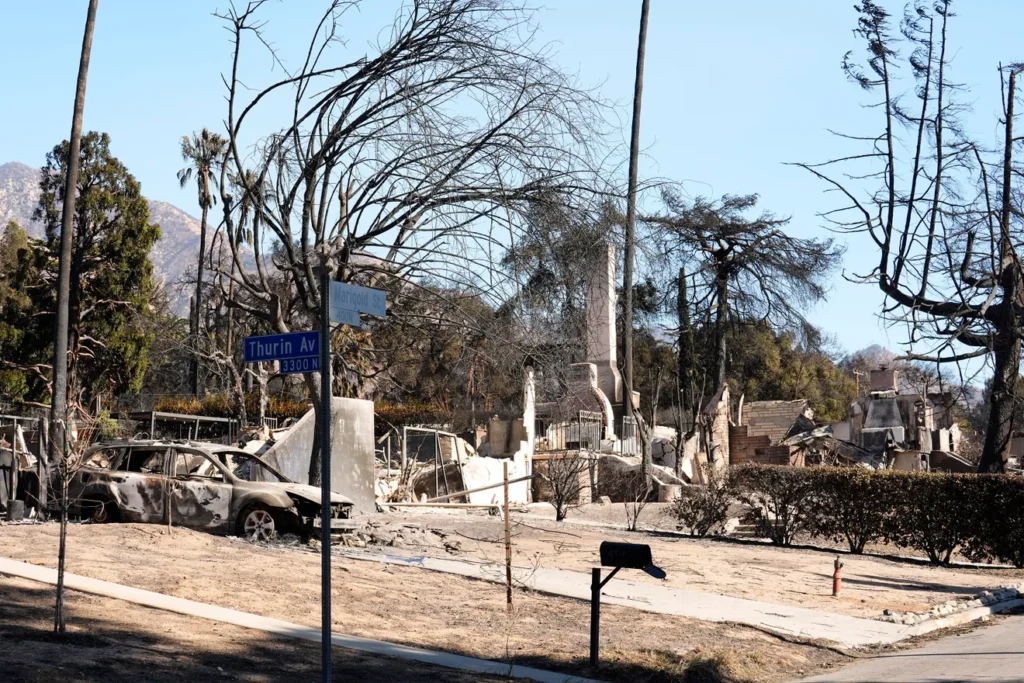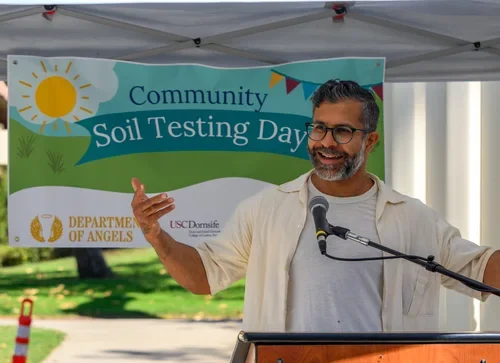Greening L.A.’s hottest streets
Bringing more trees, shade, and fresh air to L.A. by identifying where, what kind, and how many trees to plant for the biggest impact.
USC Launched 2020
Share this page
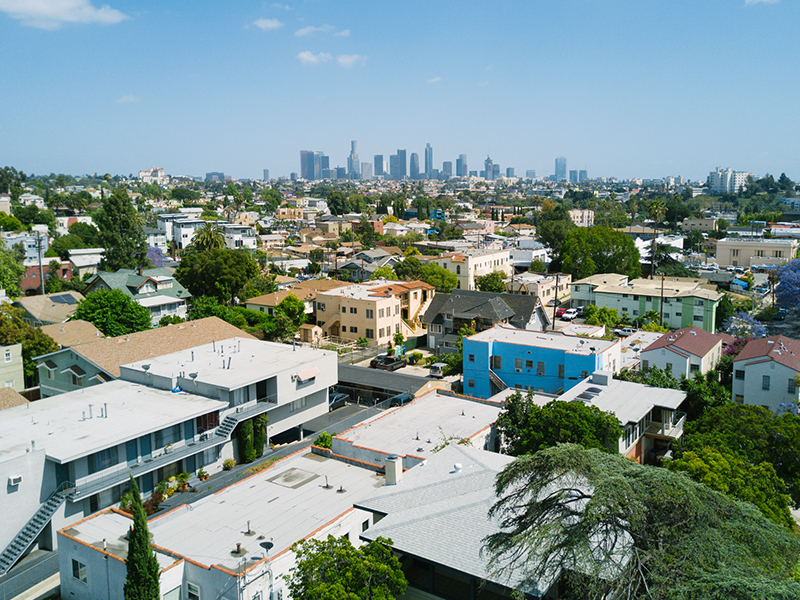
Impact
More trees means cooler streets, cleaner air, and healthier neighborhoods—but knowing where, what, and how to plant is key. We’ve spent the last five years analyzing community data and guiding investments to bring more street trees to East and South L.A., shading and cooling some of L.A.’s most vulnerable communities.
1,000 Street trees planted and maintained since 2020
Our street design plans guide nonprofits like North East Trees and KYCC in planting new trees in the most strategic places.
Challenge
By 2060, L.A. will face 40 days a year at 95°F or hotter. Trees are a high-value defense to rising heat—but L.A.’s canopy isn’t equal. Wealthier areas have up to 30% tree coverage, while many low-income and majority Black, Latino, and Asian neighborhoods have as little as 5%. So when L.A. City set out to plant 90K trees under its Green New Deal, they needed help understanding where planting could have the most impact.
Our Plan
We launched USC Trees to map where L.A. needs trees the most, how many are needed, and the types that would make the biggest impact—so leaders and residents could start planting faster and smarter.
Project Goals
Show city leaders where to plant trees
We built interactive mapping tools that help L.A. leaders see exactly where trees are needed most, targeting areas with the greatest gaps.
Inform tree planting strategies
Our street design proposals have helped nonprofit partners identify where to plant new trees so they can have the most impact in communities.
Learn which trees work hardest to clean our air
Our sensors show which tree species are better at removing pollutants, and should be planted to improve air quality.
Engage the community around tree care
We’ve hosted events for more than 300 residents across six neighborhoods to show the benefits of urban trees and get Angelenos excited about caring for them.
Approach
We combined community insights with data analysis to show City partners where new street trees can deliver the greatest health benefits—especially in L.A.’s most vulnerable neighborhoods.
Community Engagement
Urban Designs
Spatial Analysis
Air Quality Monitoring
Here’s what our partners say
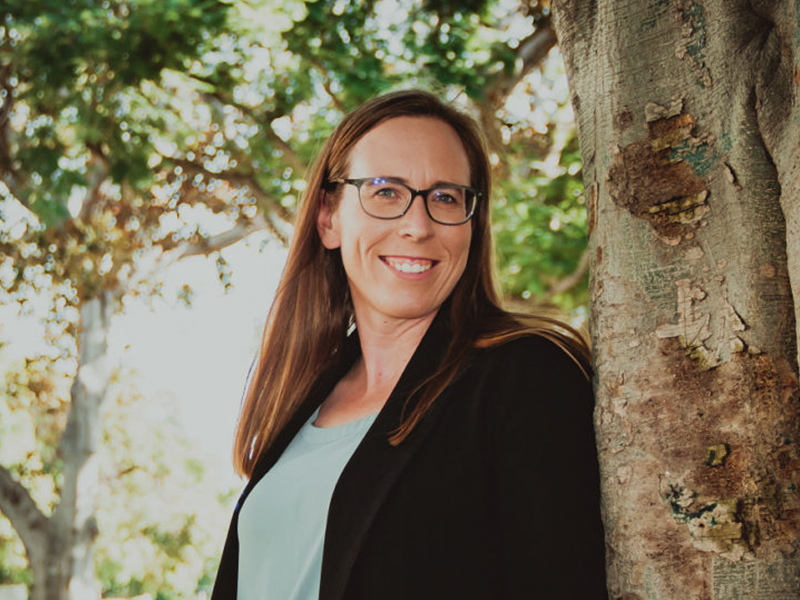
Urban Trees Initiative
“This partnership with USC allows us to leverage world-class, multi-disciplinary scientific expertise to guide our urban forestry planning.”
Rachel Malarich, L.A. City Forest Officer


